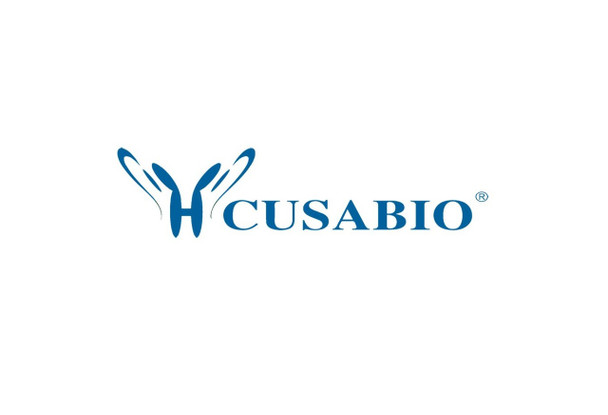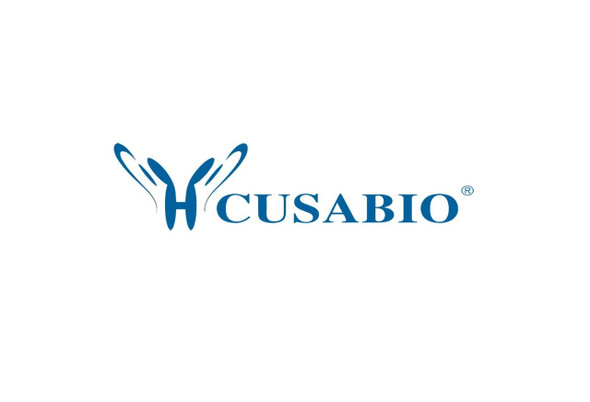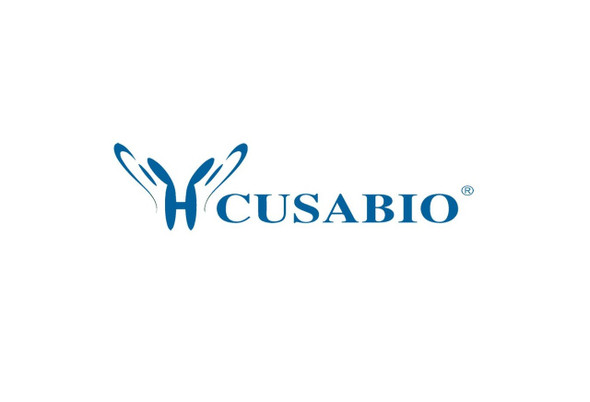Cusabio Active Proteins
Recombinant Human Tumor necrosis factor receptor superfamily member 1B (TNFRSF1B), partial (Active) | CSB-AP004891HU
- SKU:
- CSB-AP004891HU
- Availability:
- 5 to 10 Working Days
Description
Recombinant Human Tumor necrosis factor receptor superfamily member 1B (TNFRSF1B) ,partial (Active) | CSB-AP004891HU | Cusabio
Protein Description: Extracellular Domain
Alternative Name (s) : Tumor necrosis factor receptor superfamily member 1B; Tumor necrosis factor receptor 2; Tumor necrosis factor receptor type II; p75; p80 TNF-alpha receptor; TBP-2; TBPII; TNFRSF1B; TNFBR; TNFR2
Gene Names: TNFRSF1B
Research Areas: Cancer
Species: Homo sapiens (Human)
Source: Mammalian cell
Tag Info: C-terminal 6xHis-tagged
Expression Region: 23-257aa
Sequence Info: LPAQVAFTPYAPEPGSTCRLREYYDQTAQMCCSKCSPGQHAKVFCTKTSDTVCDSCEDSTYTQLWNWVPECLSCGSRCSSDQVETQACTREQNRICTCRPGWYCALSKQEGCRLCAPLRKCRPGFGVARPGTETSDVVCKPCAPGTFSNTTSSTDICRPHQICNVVAIPGNASMDAVCTSTSPTRSMAPGAVHLPQPVSTRSQHTQPTPEPSTAPSTSFLLPMGPSPPAEGSTGD
Biological Activity: The ED50 as determined by its ability to inhibit TNFa-mediated cytotoxicity using L‑929 mouse fibroblast cells treated with TNFa is less than 0.6 µg/mL.
MW: 26.2 kDa
Purity: Greater than 95% as determined by SDS-PAGE.
Endotoxin: Less than 1.0 EU/µg as determined by LAL method.
Relevance: Tumor necrosis factor receptor superfamily member 1B is a 461 amino acids protein that belongs to the TNFR (tumor necrosis factor receptor) superfamily characterized by cysteine-rich extracellular domains. It contains 4 TNFR-Cys repeats. TNFRII is expressed in fetal brain. TNFRII is strongly expressed at the cartilage-pannus junction, and plays a major role in a subset of families with multiple cases of rheumatoid arthritis (RA) . This receptor mediates most of the metabolic effects of TNF-alpha. Isoform 2 blocks TNF-alpha-induced apoptosis, which suggests that it regulates TNF-alpha function by antagonizing its biological activity.
PubMed ID:
Notes: Repeated freezing and thawing is not recommended. Store working aliquots at 4℃ for up to one week.
Function: Receptor with high affinity for TNFSF2/TNF-alpha and approximately 5-fold lower affinity for homotrimeric TNFSF1/lymphotoxin-alpha. The TRAF1/TRAF2 complex recruits the apoptotic suppressors BIRC2 and BIRC3 to TNFRSF1B/TNFR2. This receptor mediates most of the metabolic effects of TNF-alpha. Isoform 2 blocks TNF-alpha-induced apoptosis, which suggests that it regulates TNF-alpha function by antagonizing its biological activity.
Involvement in disease:
Subcellular Location: Isoform 1: Cell membrane, Single-pass type I membrane protein, SUBCELLULAR LOCATION: Isoform 2: Secreted, SUBCELLULAR LOCATION: Tumor necrosis factor-binding protein 2: Secreted
Protein Families:
Tissue Specificity:
Paythway: TNFsignalingpathway
Form: Lyophilized powder
Buffer: Lyophilized from a 0.2 μm filtered 20 mM PB, 150 mM NaCl, pH 7.4
Reconstitution: We recommend that this vial be briefly centrifuged prior to opening to bring the contents to the bottom. Please reconstitute protein in deionized sterile water to a concentration of 0.1-1.0 mg/mL.We recommend to add 5-50% of glycerol (final concentration) and aliquot for long-term storage at -20℃/-80℃. Our default final concentration of glycerol is 50%. Customers could use it as reference.
Uniprot ID: P20333
Uniprot Entry Name:
HGNC Database Link: HGNC
UniGene Database Link: UniGene
KEGG Database Link: KEGG
STRING Database Link: STRING
OMIM Database Link: OMIM









